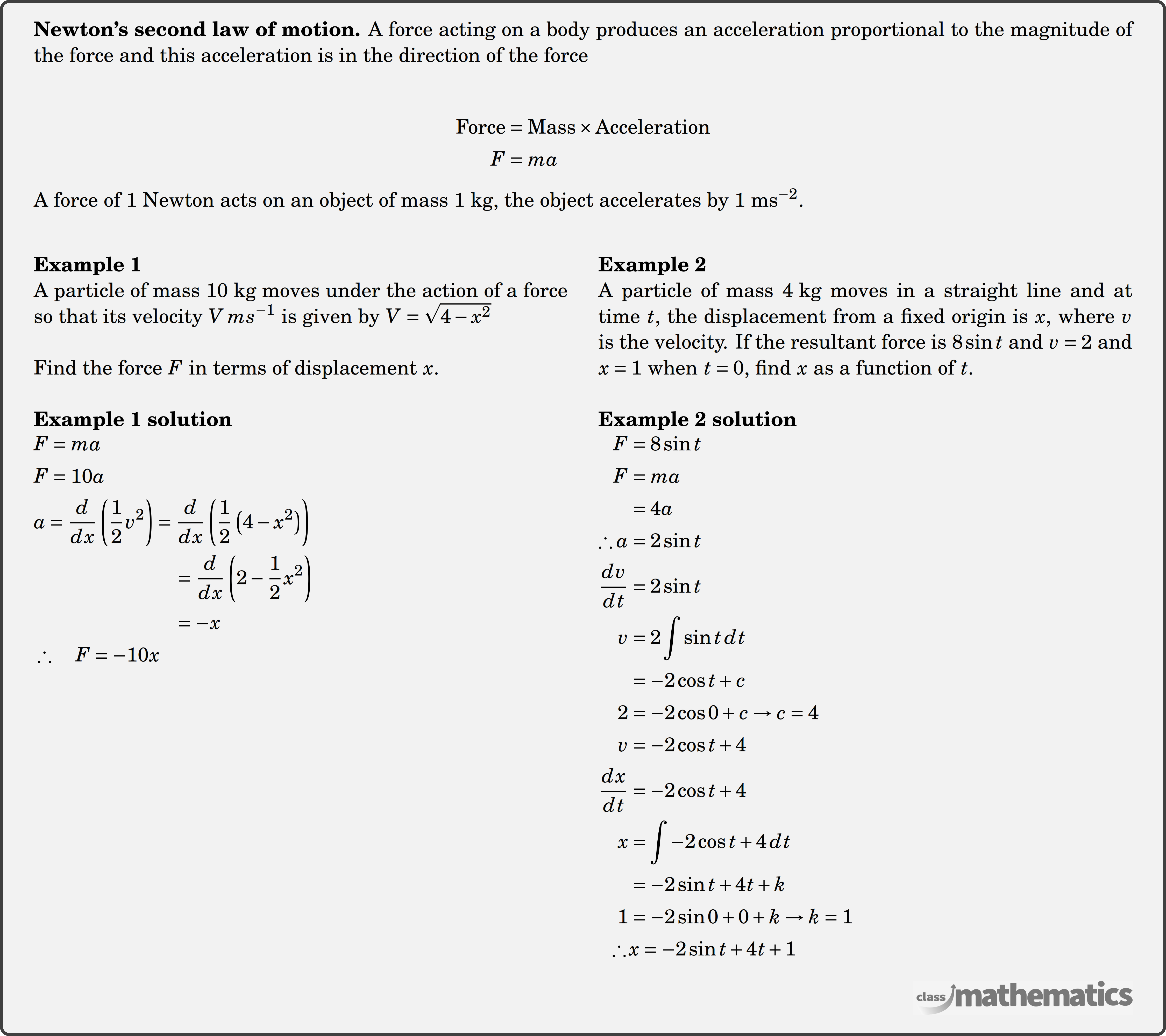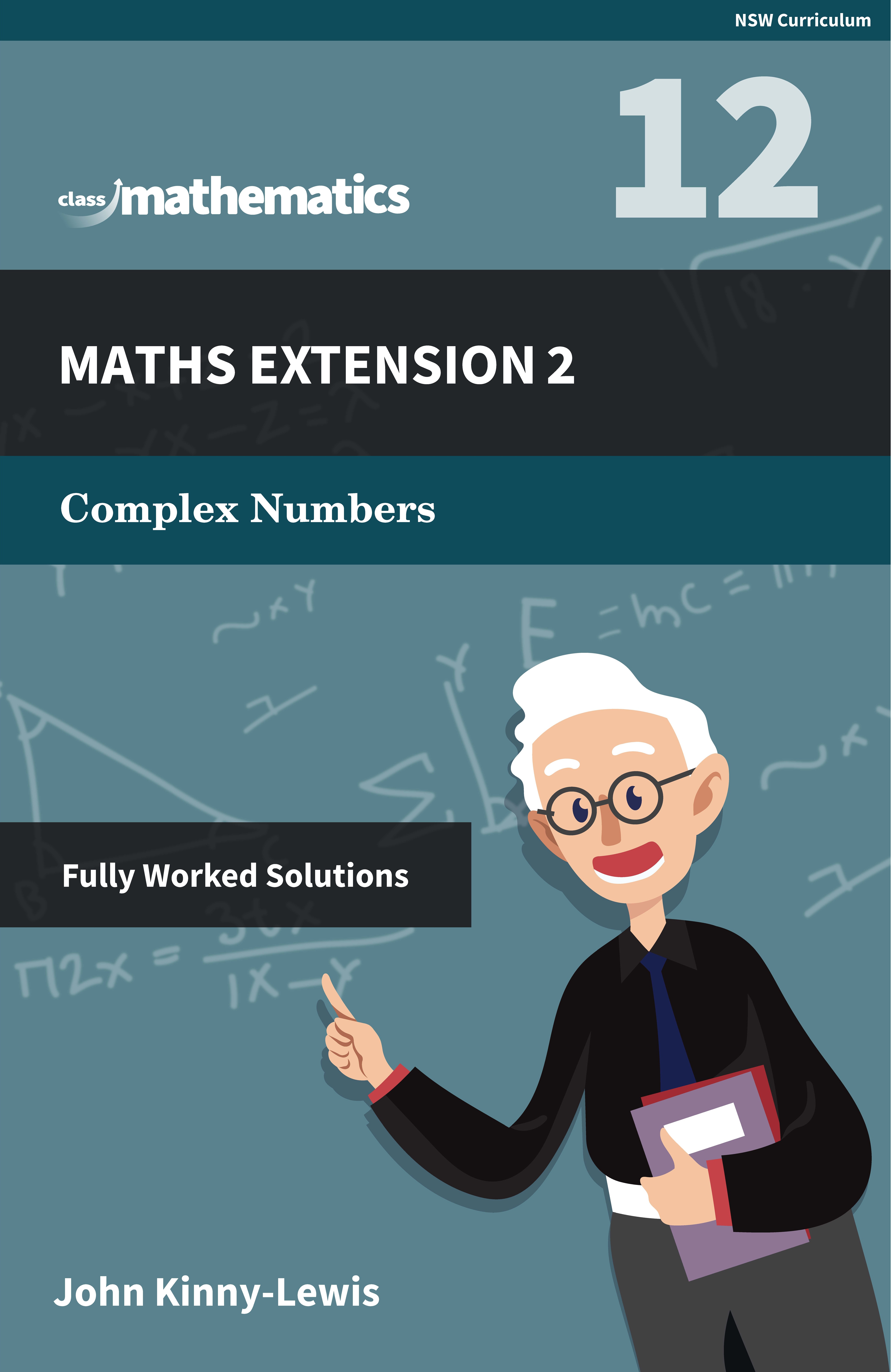Resources for Motion in Physical Terms
-
Questions
4
With Worked SolutionClick Here -
Video Tutorials
2
Click Here -
HSC Questions
11
With Worked SolutionClick Here
Motion in Physical Terms Theory


